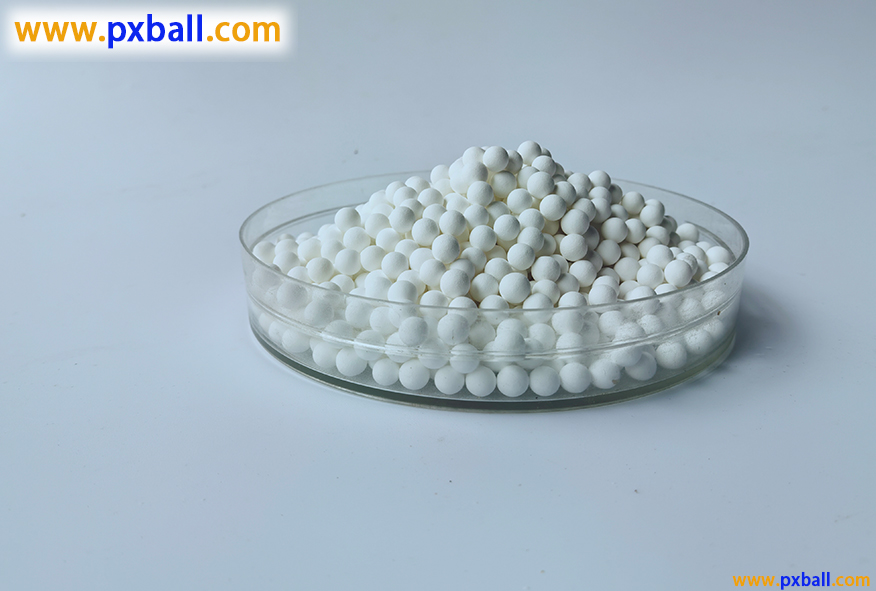
introduce
High alumina ceramic balls are ceramic materials mainly made of high-temperature alumina micro powder as the main raw material, with corundum (α - Al ₂ O3) as the main crystal phase
1. Production process
Raw material selection: High purity aluminum oxide powder with extremely low silicon content is selected, and trace amounts of rare earth metal oxides and other additives are added to improve performance.
Fine grinding: Fine grinding the raw materials to achieve a suitable particle size range, ensuring the quality of subsequent molding and sintering.
Isostatic pressure forming: Through the isostatic pressing process, the powder is subjected to uniform pressure in all directions, thereby forming a spherical shape with regular shape and uniform density.
Sintering: Sintering is carried out at high temperatures to bond the particles inside the sphere, forming a dense structure and improving properties such as strength and hardness.
2. Performance characteristics
High temperature resistance: able to maintain stable performance in high temperature environments, able to withstand high temperatures, generally used in a wide temperature range, suitable for various high-temperature industrial processes.
Excellent thermal shock resistance: In the case of rapid temperature changes, it is not easy to crack or peel off, and has good thermal shock resistance, which can adapt to frequent temperature fluctuations in industrial production.
High mechanical strength: It has high compressive strength and wear resistance, can withstand large external forces and material wear, is not easy to break and deform, ensuring its stability and reliability during use.
Antioxidant and anti slag erosion: With good chemical stability, it is not easily oxidized or corroded, and has strong resistance to slag and other substances. It can be used in harsh chemical environments.
Corrosion resistance and long service life: It has good resistance to corrosive media such as acids and alkalis, and can work in corrosive environments for a long time, extending its service life and reducing equipment maintenance and replacement costs.
The application areas of high alumina ceramic balls are as follows:
1. Chemical industry
Catalyst carrier and filler: In chemical fields such as petrochemicals, fertilizers, and natural gas, they serve as covering support materials and tower fillers for catalysts in reactors, converters, and packed towers. They can evenly distribute gases or liquids, provide a good contact environment for catalysts, improve reaction efficiency, and prevent equipment covered by filtered silica from forming dirt or damaging the catalyst carrier.
2. Environmental protection industry
Waste gas treatment: used as a filler in waste gas treatment equipment to increase the contact area and reaction time between gas and treatment agent, improve the effectiveness of waste gas treatment, such as for desulfurization, denitrification and other processes.
Choosing high alumina ceramic balls can be considered from the following aspects:
1. Chemical composition and alumina content
Select according to application requirements:
For general industrial applications such as grinding and filling of ordinary materials, medium to high alumina ceramic balls with an alumina content of 70% to 90% can usually meet the requirements and have good cost-effectiveness and comprehensive performance.
For special fields that require extremely high hardness, wear resistance, and high temperature resistance, such as high-end ceramic production and aerospace material processing, high alumina ceramic balls or even corundum balls with an alumina content of over 90% should be selected.
Pay attention to impurity components: The lower the content of impurities such as iron oxide, the better. High purity raw materials can reduce pollution to the processed materials and ensure product quality. For example, in the manufacturing of electronic ceramic components, the control requirements for impurity content are very strict to avoid affecting the performance of electronic components.
2. Physical properties
Particle size and particle size distribution
Porosity: Ceramic balls with low porosity have better density and strength, are less prone to breakage and wear, and can extend their service life; Appropriate porosity can provide certain adsorption performance, which is beneficial for adsorbing reactants and catalysts in certain catalytic reactions.
Hardness and strength
Hardness: The hardness of high alumina ceramic balls should match the hardness of the processed material. Generally speaking, the higher the hardness, the better the wear resistance, which can effectively reduce the wear and consumption of ceramic balls. However, excessive hardness may lead to increased equipment wear, so a balance needs to be found between the ceramic ball and the equipment. For example, when grinding ores with high hardness, it is necessary to choose high alumina ceramic balls with high hardness.
Strength: including compressive strength and impact strength. Ceramic balls with high compressive strength can withstand greater pressure without breaking, while ceramic balls with high impact strength can remain intact under material impact, reducing the breakage rate. For high alumina ceramic balls used in high-speed mixing or vibration environments, impact strength is particularly important.
3. Chemical stability
Acid and alkali resistance: Select high alumina ceramic balls with corresponding acid and alkali resistance according to the acidic and alkaline conditions of the usage environment. When used in strong acidic or strong alkaline media, ceramic balls need to have good chemical stability, not undergo chemical reactions with the medium, and not produce swelling, corrosion, and other phenomena to ensure their performance and service life.
5. Manufacturer and Quality Certification
Qualifications and reputation of the manufacturer: Choose a manufacturer with good reputation, rich production experience, and professional technology. You can learn about the manufacturer's situation by consulting their qualification certificates, industry evaluations, customer reputation, and other aspects. Famous manufacturers usually have stricter management and guarantees in raw material procurement, production process control, quality inspection, and other aspects.
Quality certification and testing report: Check whether the product has relevant quality certifications, such as ISO quality management system certification, as well as testing reports issued by third-party testing agencies. These certifications and reports can demonstrate that the quality and performance of the product comply with relevant standards and requirements, providing a basis for selection.
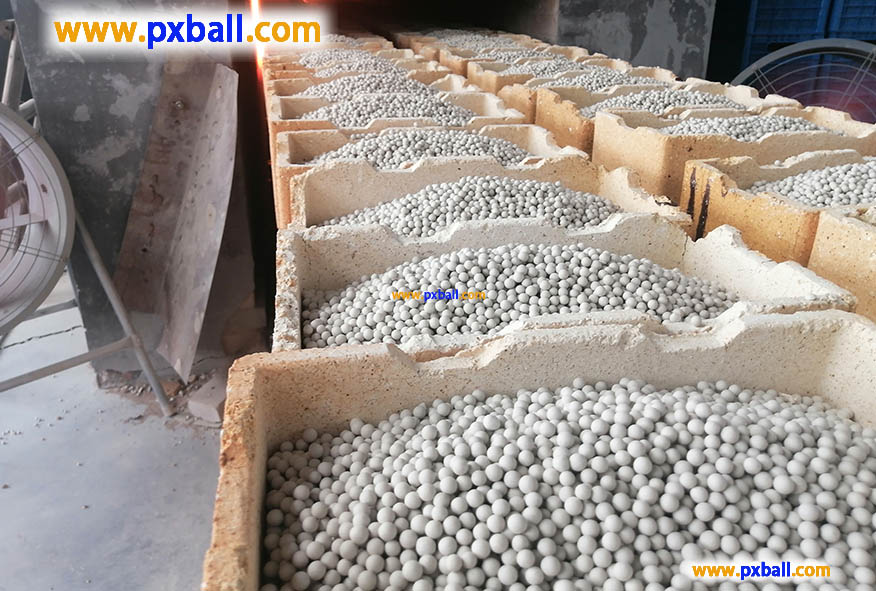
best al2o3 ceramic ball
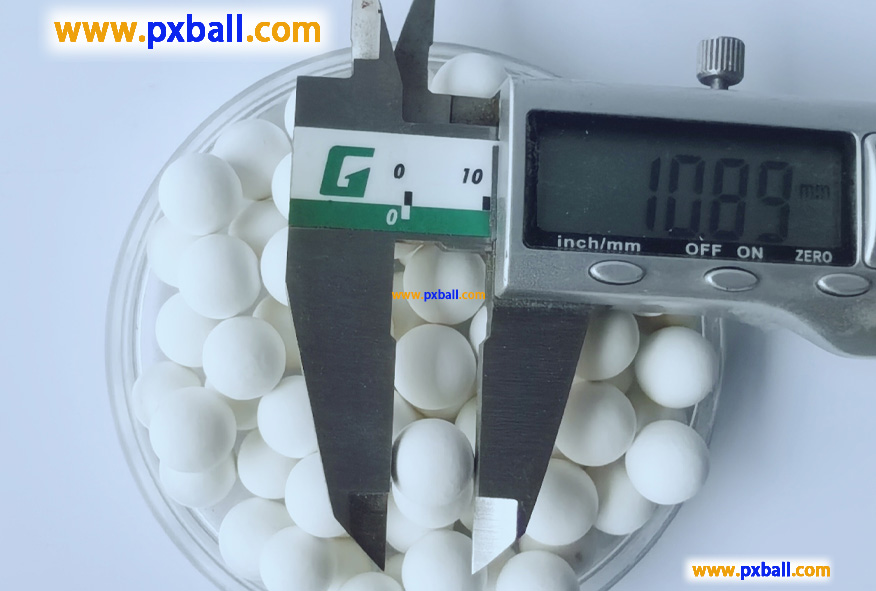
high purity inert alumina ceramic ball
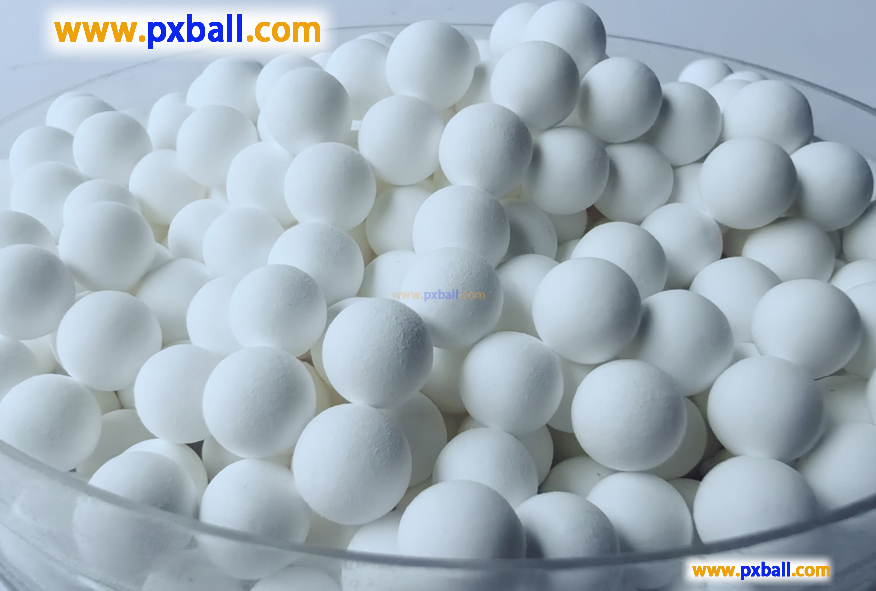
al2o3 alumina ceramic ball
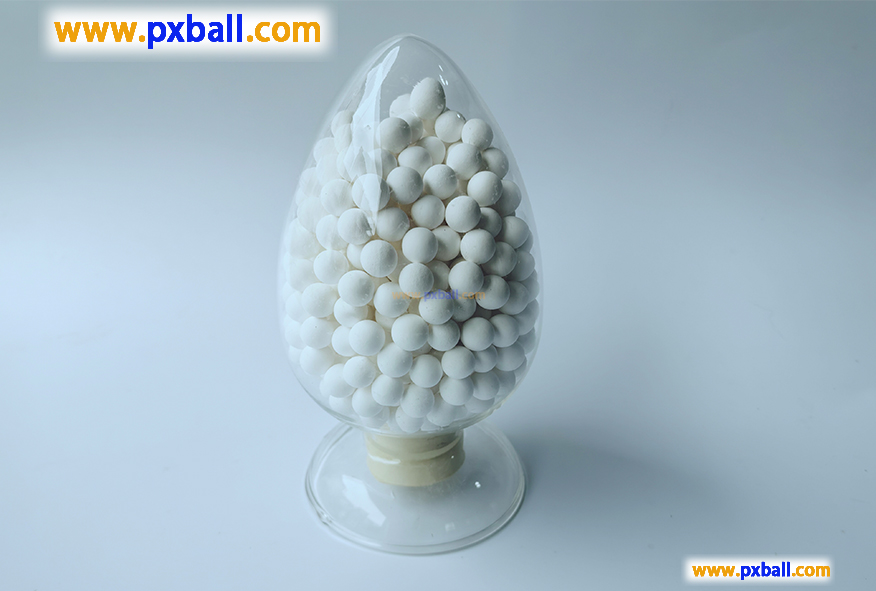
High alumina ceramic balls

high alumina ball